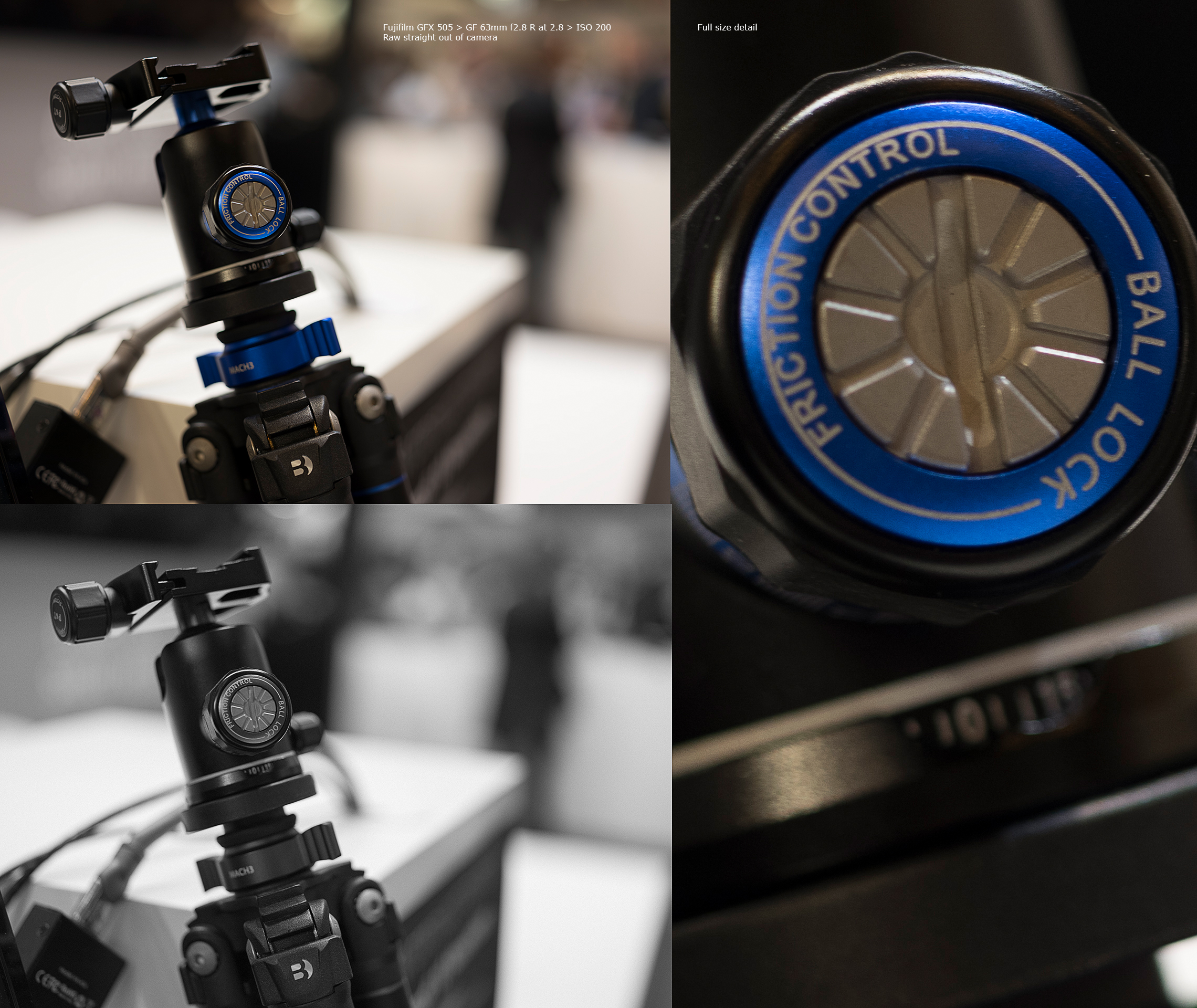Composition in photography is often seen as a pure technical detail. Often considered as less important than framing (the art of what’s inside and outside the frame), timing (the art of choosing the decisive moment to click the shutter) or the choice of film (BW, color), composition is nonetheless capable of conveying the right message if properly mastered.
Defined as the technique to set up and arrange the elements in the frame, there are at least dozens of different compositional schemes (thirds, golden ratio, diagonal, triangular, symmetrical…) as well as ways to avoid them. Although I think I compose things more or less in the same frame regardless of the film format, I’ve always wondered whether my photos convey a different message if they are taken in 6×6, 6×7 or 35mm format. The first two formats in particular are the ones I am more interested in, as I shoot almost every portrait within these two classic options. My stats tell me that I’ve used the 6×6 format roughly 60% of the time, leaving the 6×7 to a mere 40%…but what does it mean? Can I say that I prefer the first over the second? Is it just a matter of economy (12 shots per roll vs 10 shots per roll – and considering the price of film these days, these things count!)? Let’s find out.
6×6: the elegant square
The square format is often associated with timeless elegance and harmony. Tons of ink has been used to describe the philosophical purity of its geometry and I am certainly biased when I use my 6×6 cameras to compose as if the moment was somehow solemn, even formal. That does not mean the photos are static or rigid, but in a way the format reminds me of the introspection look of Richard Avedon or Irving Penn or even Anton Corbjin photos and I feel like I owe more respect to the sitter in front of my lens.


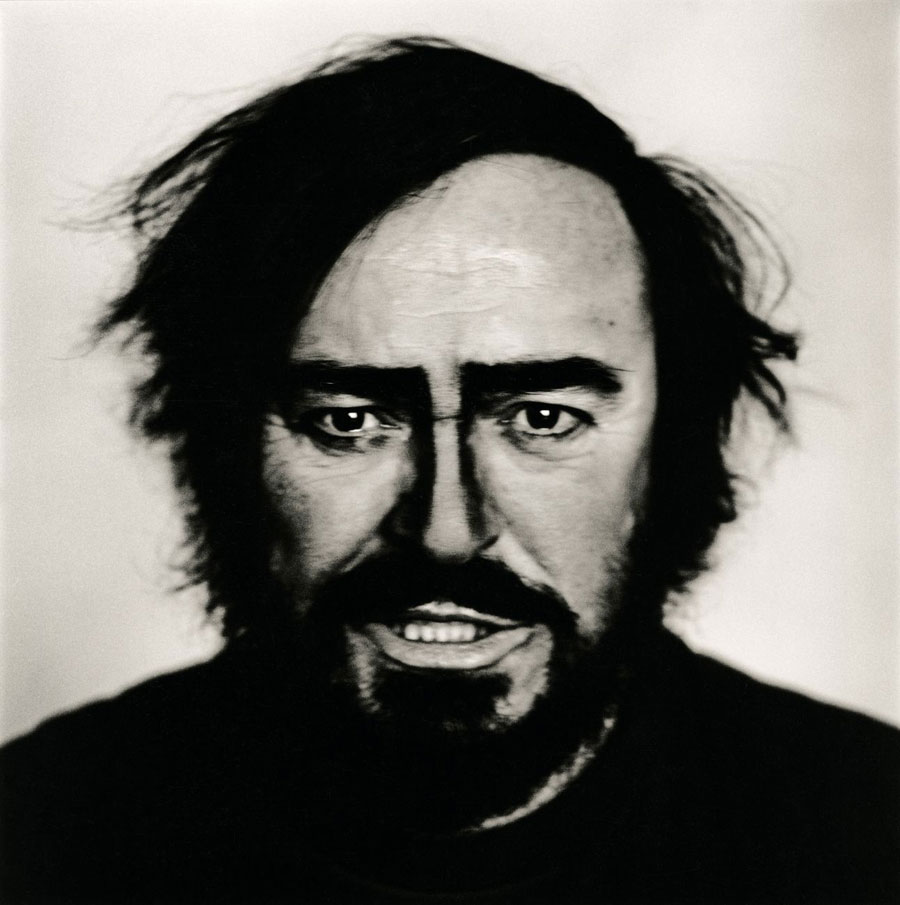
6×7: the tension is here
A mere 15% increase in one dimension cannot make such a difference, can it? All in all, you just add a 1cm strip, how can things be so wildly different? Well in reality things are different when you choose 6×7: that extra space allows you to introduce the orientation variable (horizontal vs vertical) and to my eyes it gives the photo a touch of tension that is more controlled in 6×6. Peter Lindbergh, Herb Ritts, Araki all used the 6×7 format and I could not imagine them using anything else. To be fair I could include Avedon in this category as well for his large format 8×10 work (which is very close to the 6×7 ratio)



My philosophy (or lack thereof)
I tend to always carry two cameras for my portrait sessions, a Hasselblad for the 6×6 and either a Pentax67 or a Mamiya RZ67 for the…you guessed it…6×7 format. The reason is purely for security reasons: the 6×7 cameras are electronic marvels and as such they tend to fail and break, as it happened to me in the past; having a Hasselblad which is a total mechanical wonder is a warranty that if anything goes wrong, I can still have some shots.
That said I always felt that I used the two format to take different photos, but I never had the occasion to prove it. With that idea in mind I recently decided to take exactly the same pictures on a recent shooting in order to compare the results afterwards and see if my intuition was right. I came to the conclusion that…I don’t know! There are reasons why I sometimes choose one format over the other, but those reasons are more intuitions than weighted thoughts.

If I really need to give a post-shooting explanation, I can see that the images where I wanted to convey a sense of intimacy or something that comes from deep inside, I tend to prefer the square format (as you can see on the images on the right column) while in those cases where I want to share a bold presence I prefer the 6×7 option (as in the center column). The most clear example is probably the images on the left column, which share an almost identical framing and composition yet in the square format the model is directing all her body within herself, looking down to the hourglass, while in the 6×7 shot she is more open to the outer world.
And you, what do you think? How do you choose your format?




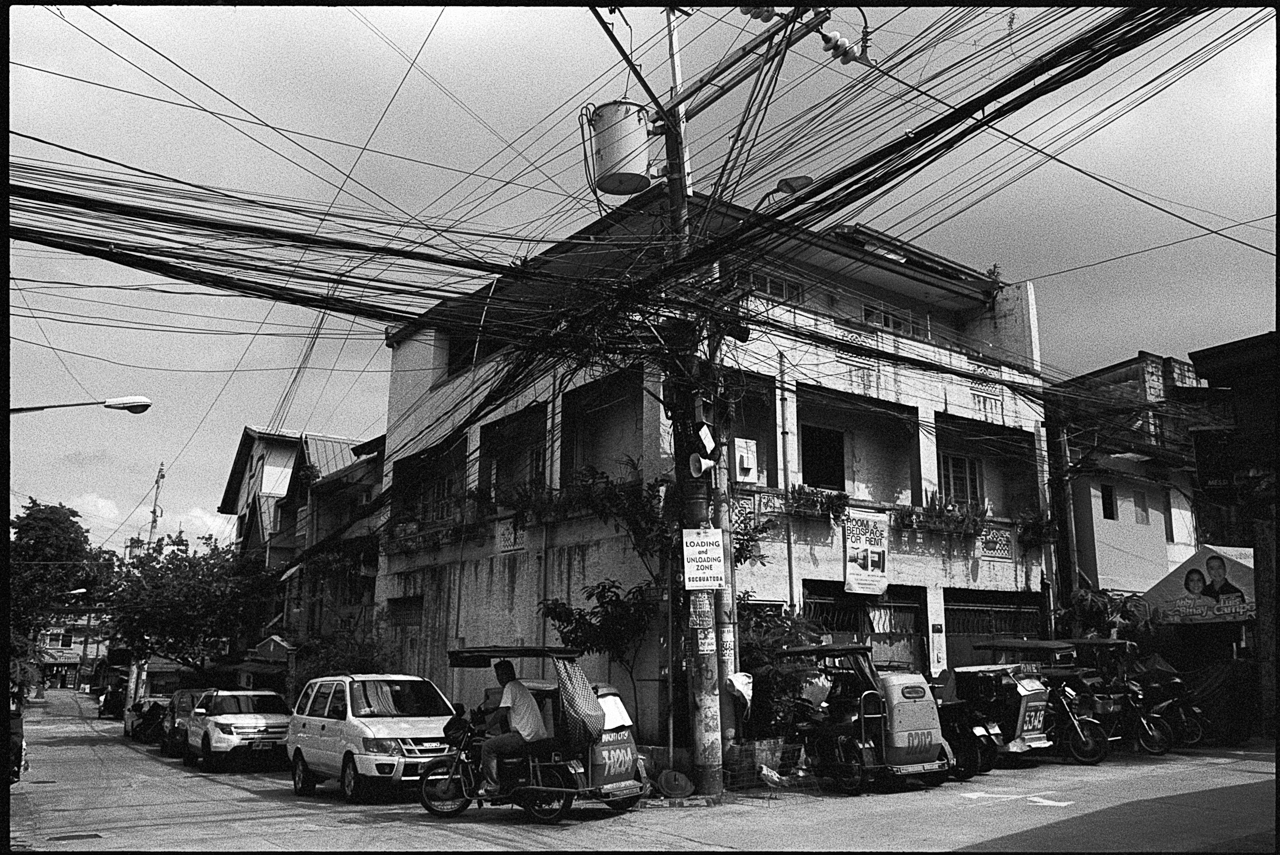

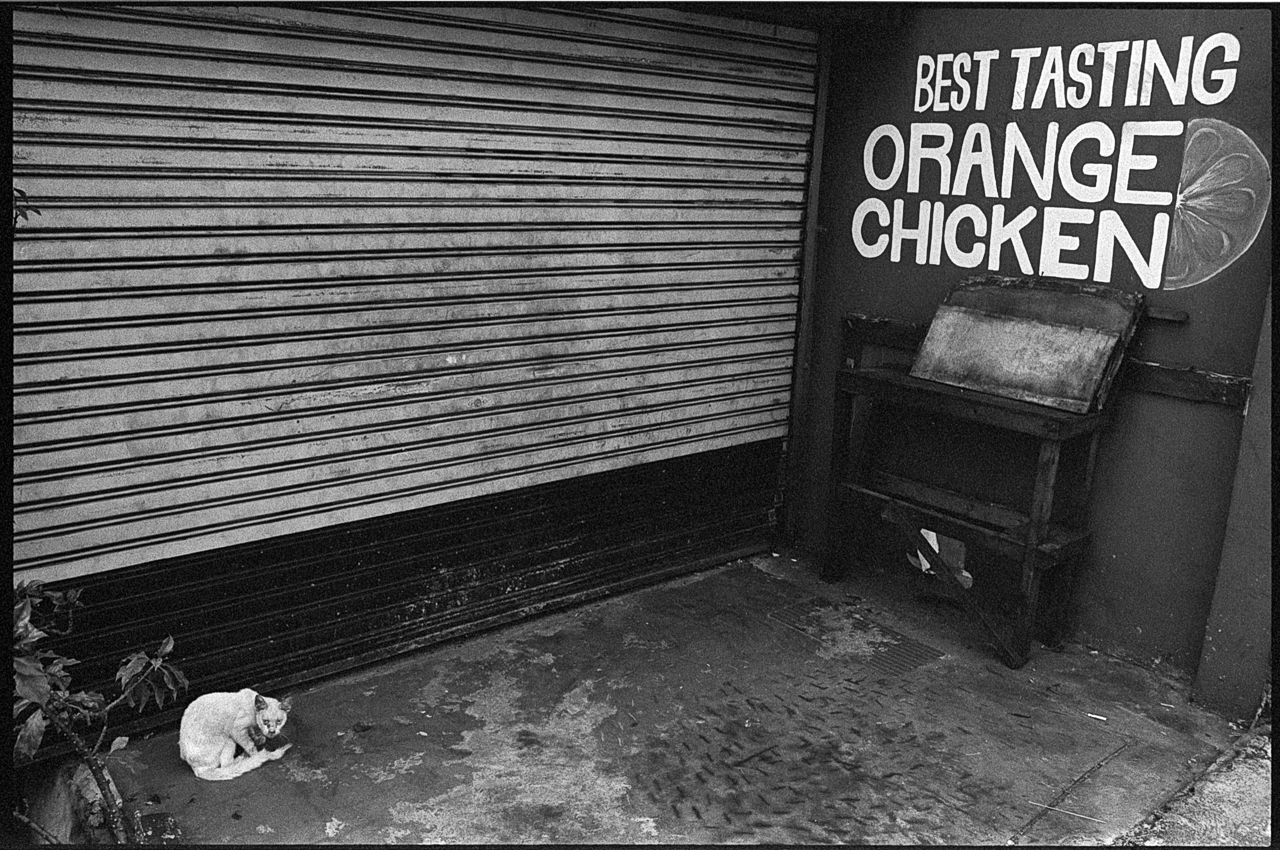

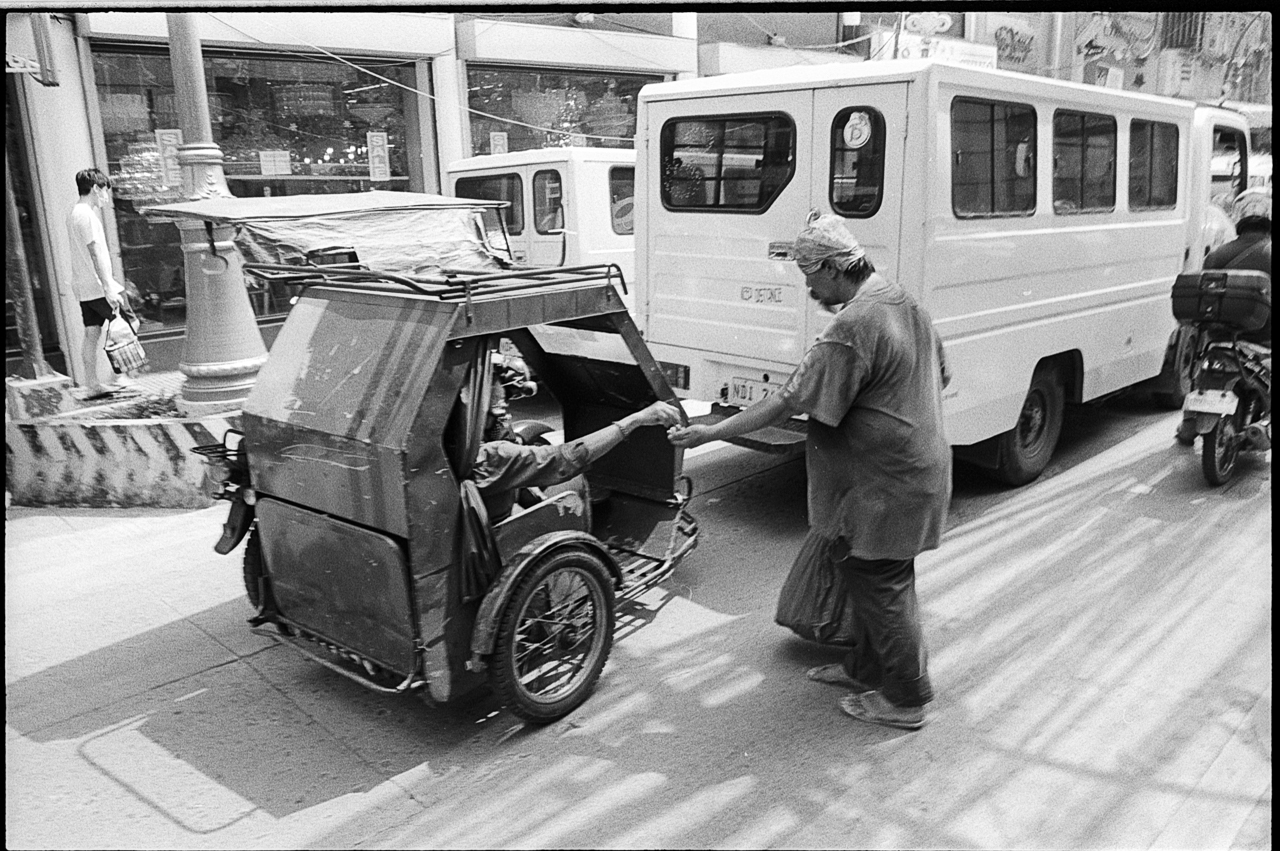



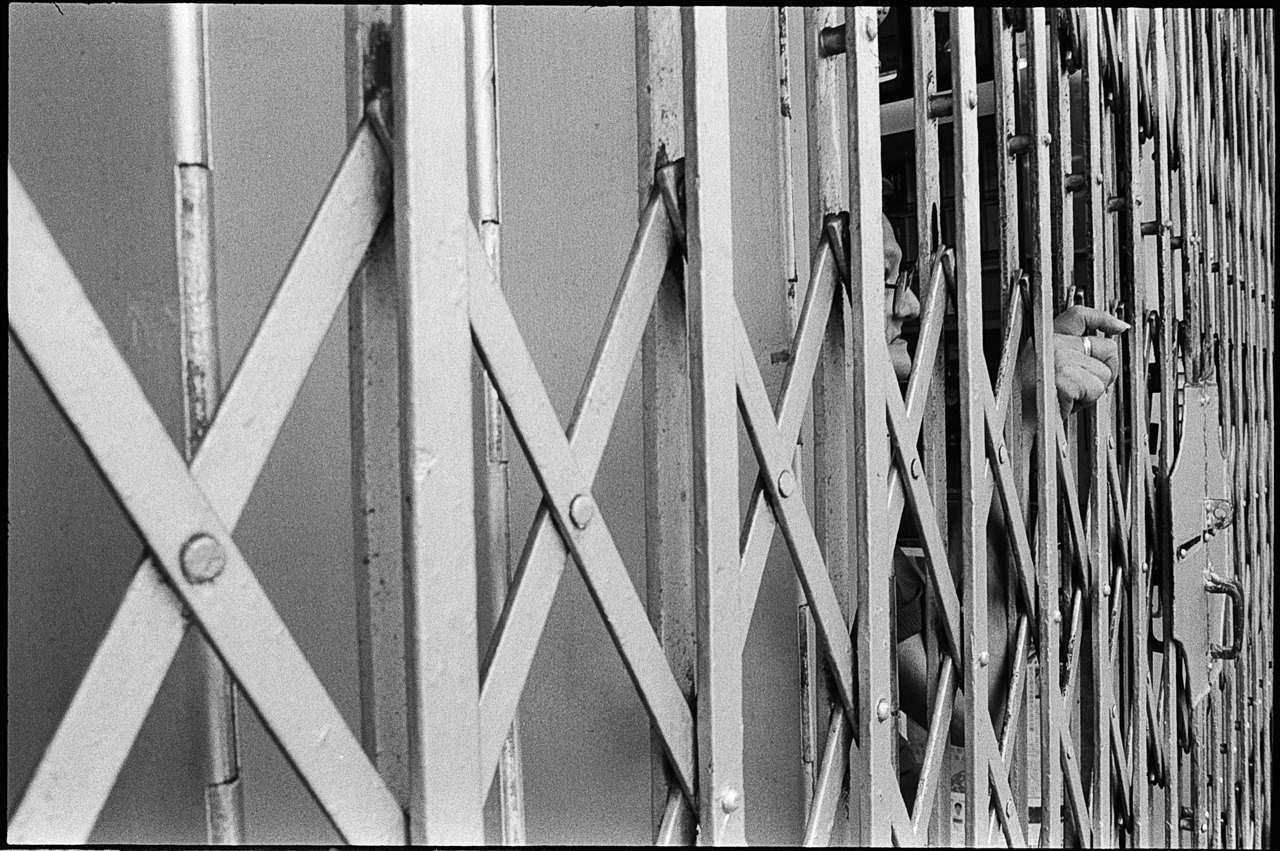



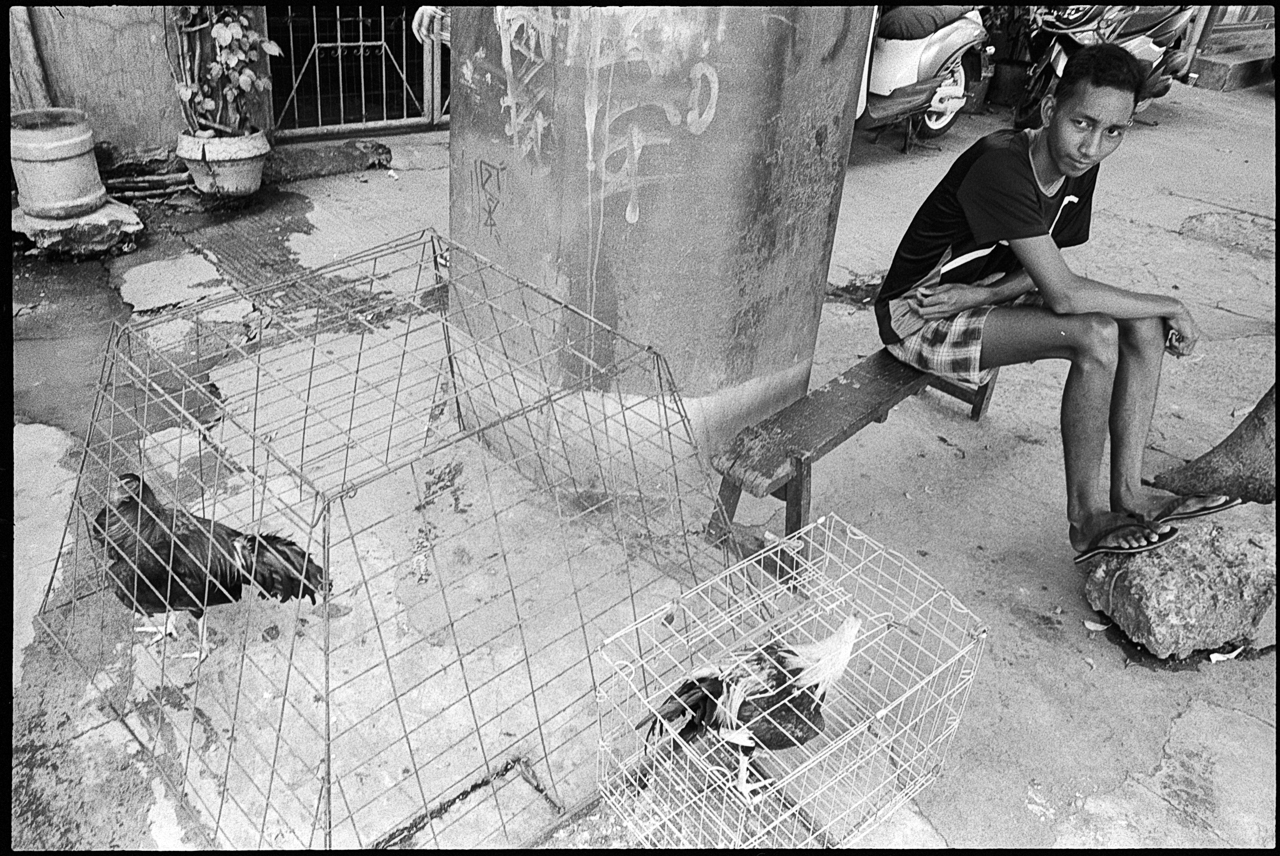









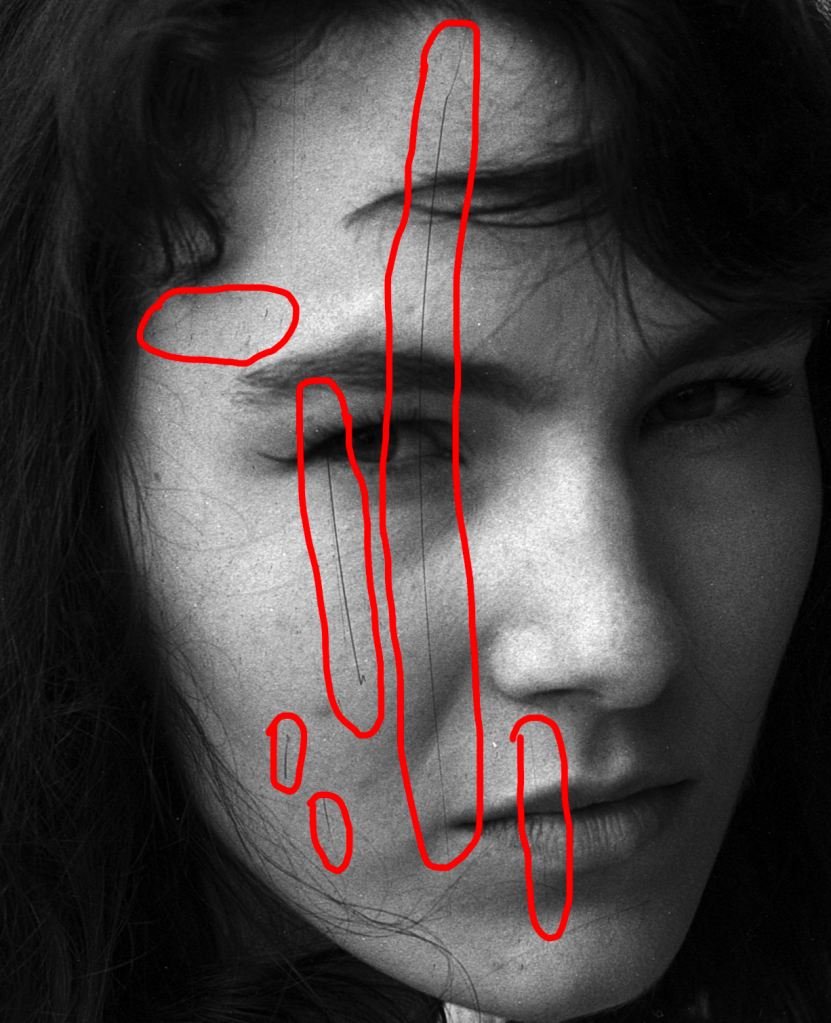


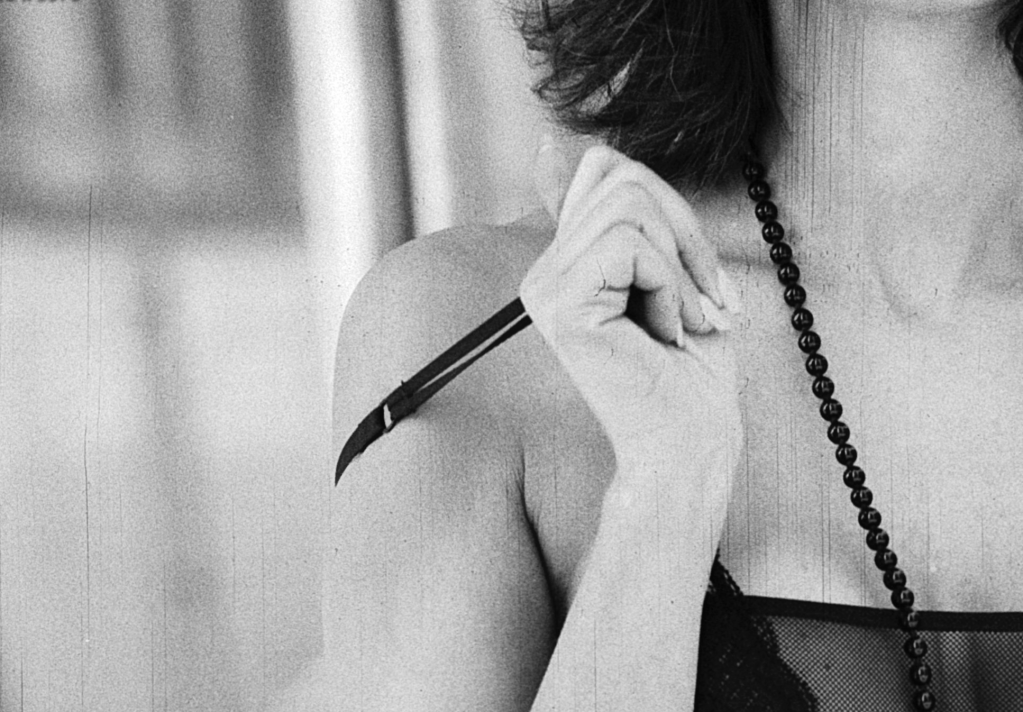






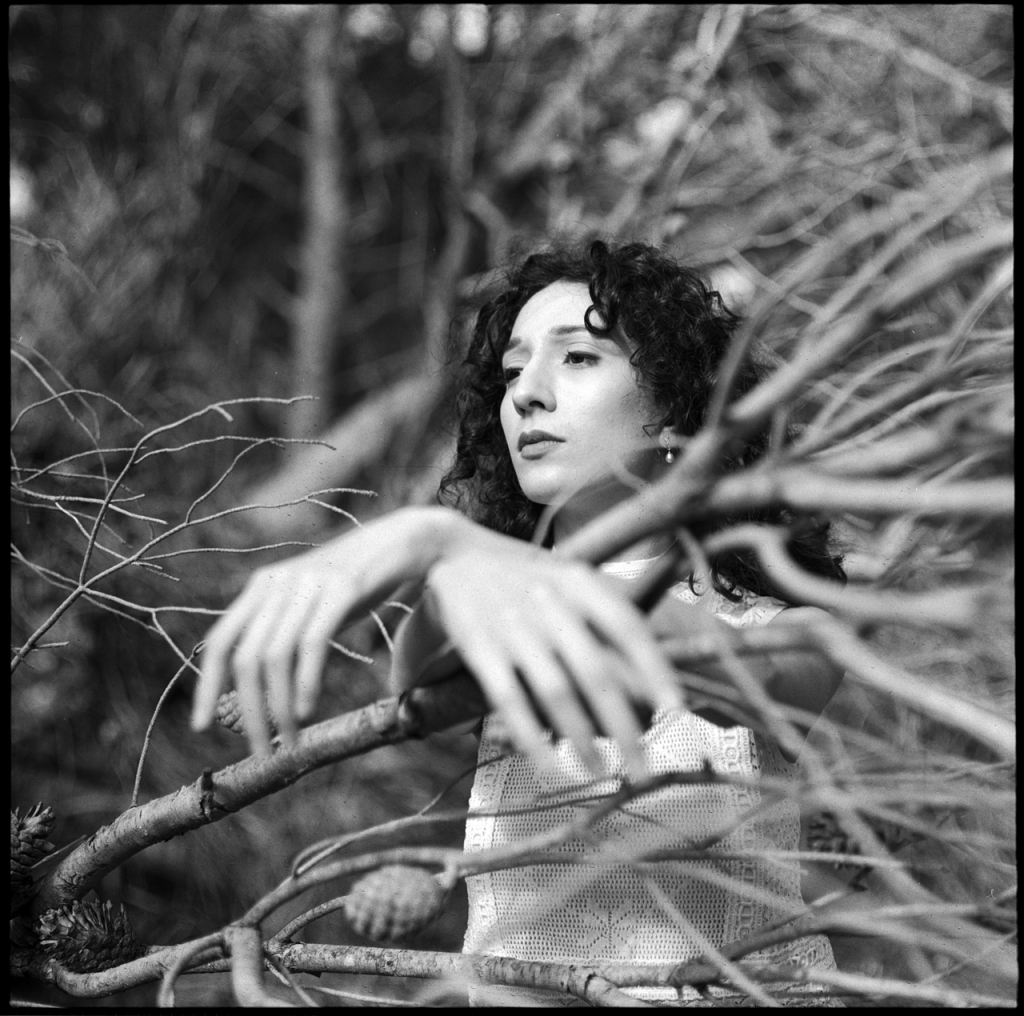











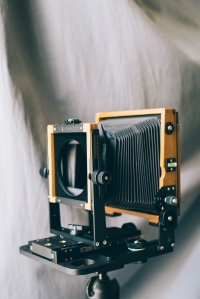


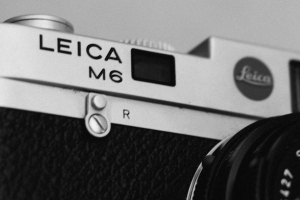





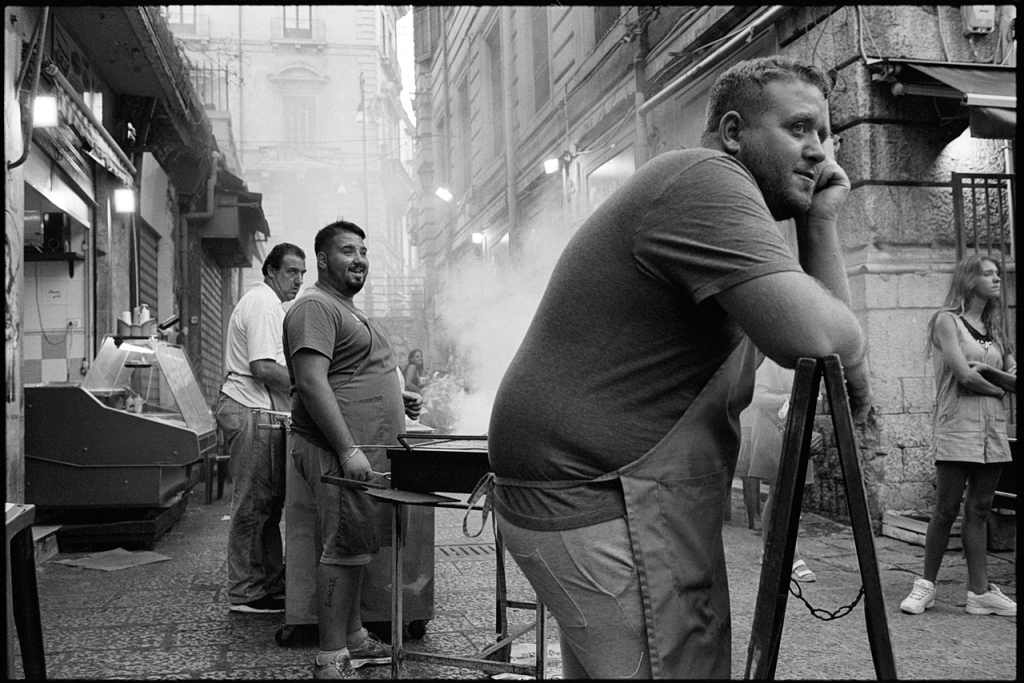
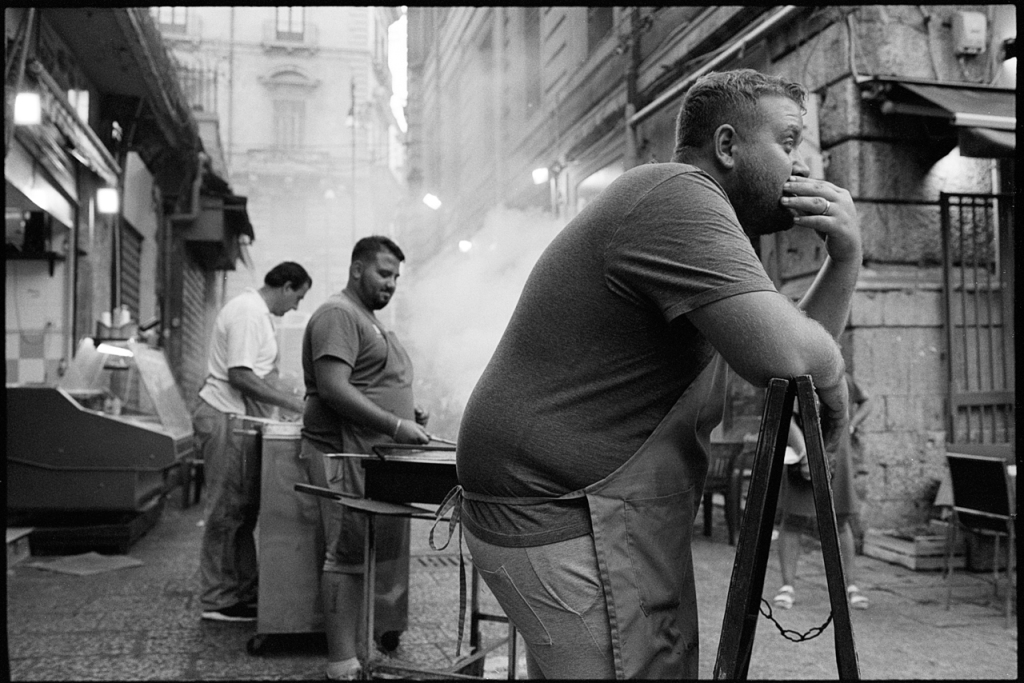










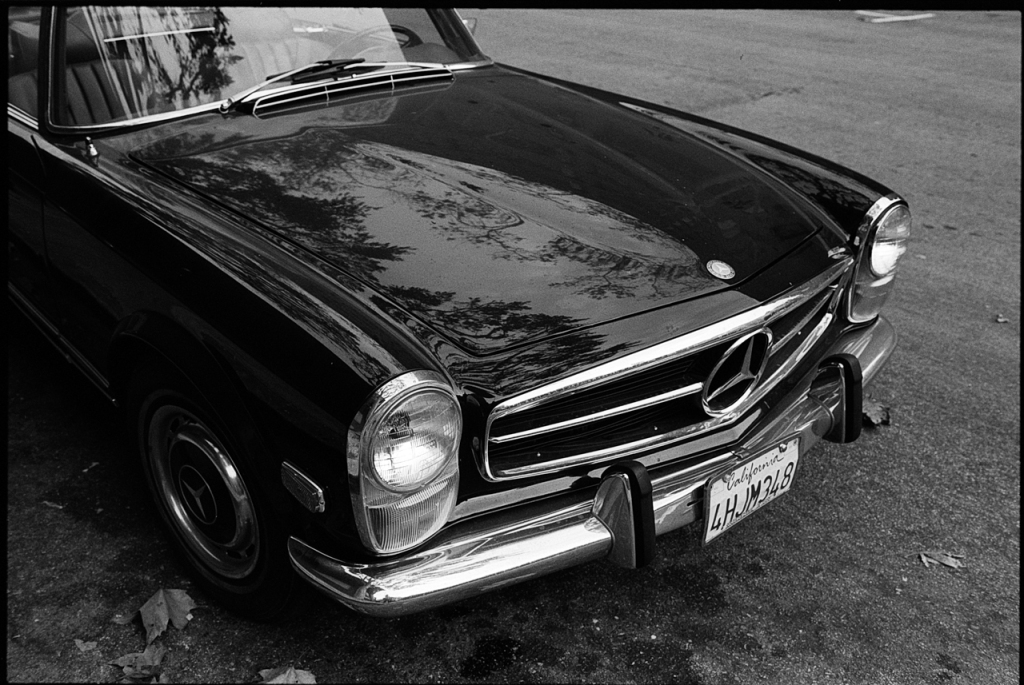












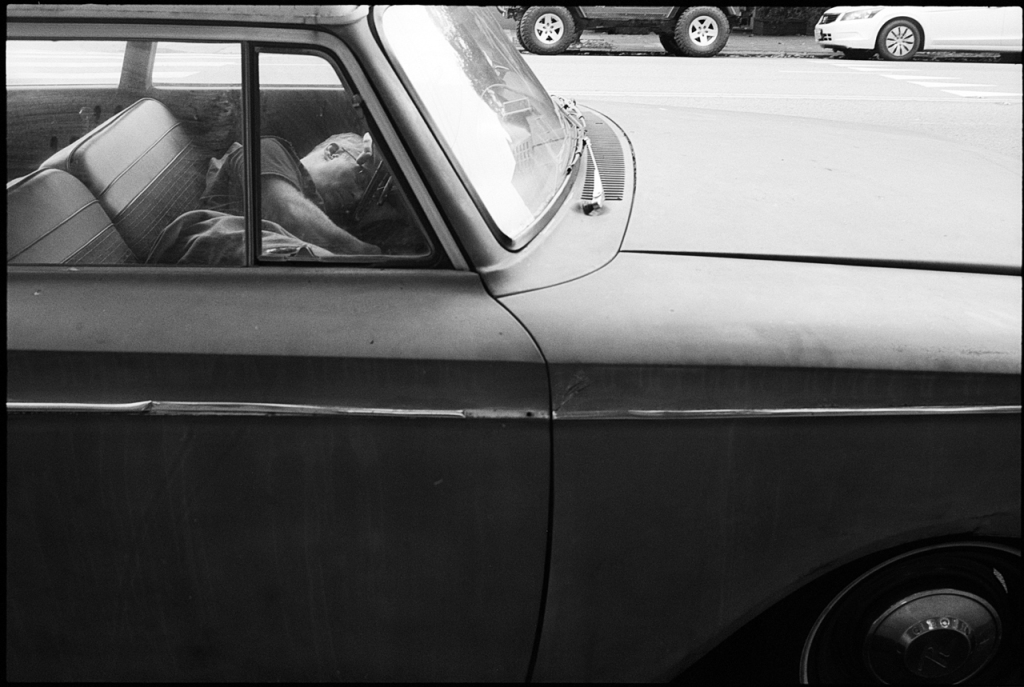
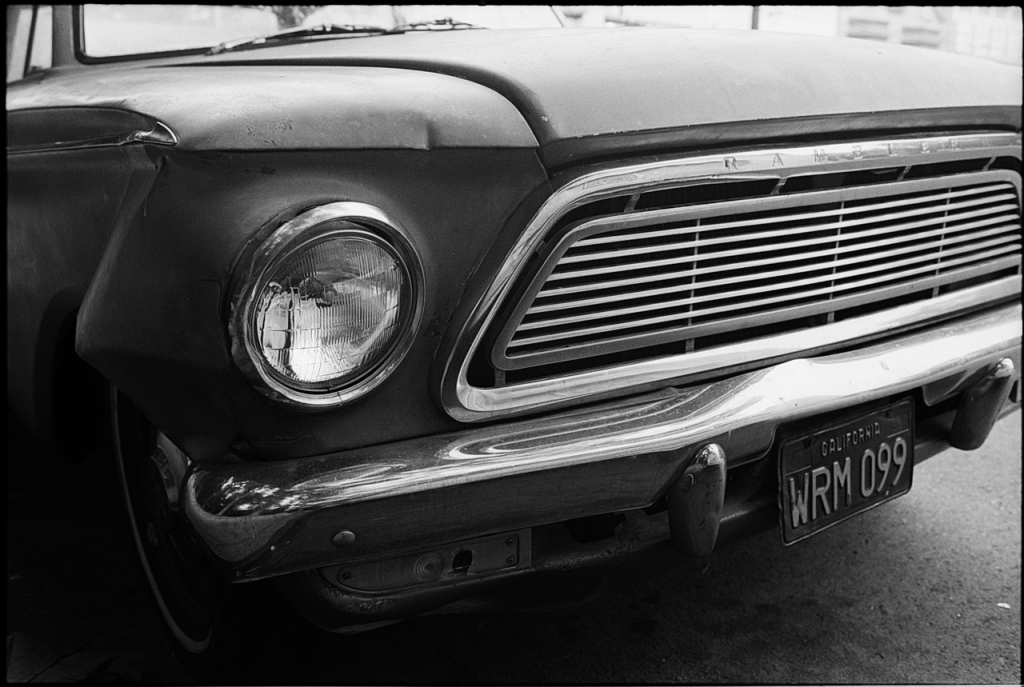

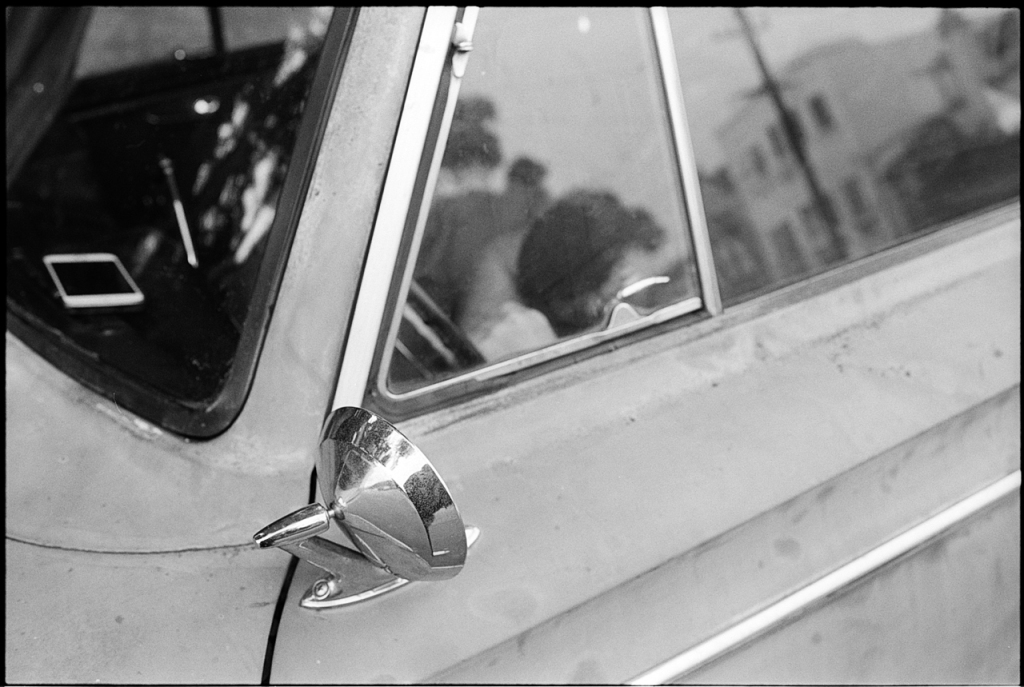







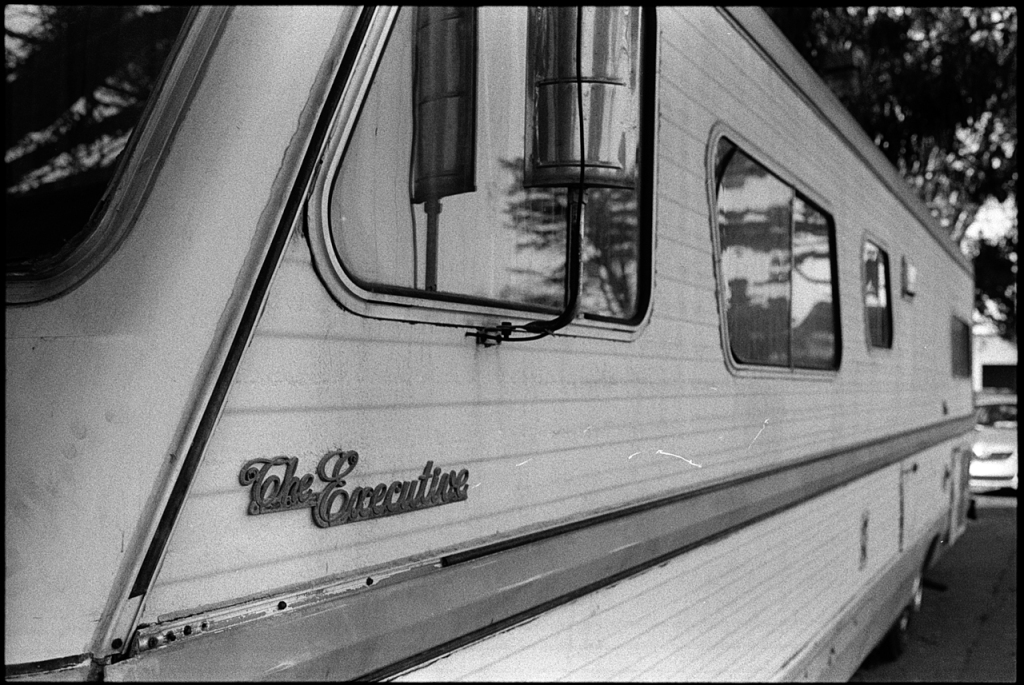

























 The
The 













 The first lens that I tried (mounted on my Nikon D810 which I used also for the other lenses I tested) was the exotic
The first lens that I tried (mounted on my Nikon D810 which I used also for the other lenses I tested) was the exotic 

 The other Zeiss glass I tried was the
The other Zeiss glass I tried was the 



 Later it was the time to pay a visit to the Sigma booth. The brand has produced some really fine piece of glass in the last years, especially the Art series. While the 135mm f1.8 Art was clearly the most exotic piece of glass, I was particularly impressed by the
Later it was the time to pay a visit to the Sigma booth. The brand has produced some really fine piece of glass in the last years, especially the Art series. While the 135mm f1.8 Art was clearly the most exotic piece of glass, I was particularly impressed by the 



















 The reasons I bought this lens is that I wanted to use the 35mm focal length and, although my Nikon 28mm f2 AI-S is very similar in rendition and perspective, the myth around Carl Zeiss micro-contrast won me over and convinced me to open the wallet. The construction is of course on the highest end and manual focusing is a pure joy. I decide to shoot three rolls of film exclusively with it (two TMAX 400 and a Fomapan 400) but also took it for a ride with my Nikon D810 (the “toy” camera I use with my children). With this high megapixel beast you can really appreciate the quality of the lens: the colors are just incredible, the contrast is just right and even at f2.8 and in a backlit situation (only one stop down from max aperture) there is no cromatic aberration at all, as you can tell from my son’s picture (image taken straight out of camera).
The reasons I bought this lens is that I wanted to use the 35mm focal length and, although my Nikon 28mm f2 AI-S is very similar in rendition and perspective, the myth around Carl Zeiss micro-contrast won me over and convinced me to open the wallet. The construction is of course on the highest end and manual focusing is a pure joy. I decide to shoot three rolls of film exclusively with it (two TMAX 400 and a Fomapan 400) but also took it for a ride with my Nikon D810 (the “toy” camera I use with my children). With this high megapixel beast you can really appreciate the quality of the lens: the colors are just incredible, the contrast is just right and even at f2.8 and in a backlit situation (only one stop down from max aperture) there is no cromatic aberration at all, as you can tell from my son’s picture (image taken straight out of camera).


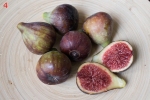

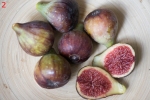


































































 The first camera I tried right away was the much rumoured Nikon D850, the latest Mpixel monster that recently received the highest score by the DxO company. Just to make things even more crazy, the camera came with an astounding piece of glass, the Nikkor 105mm f1.4, a portrait monster in its own class. Despite all the rings and bells, and even though the pictures came out fundamentally perfect, I can’t say I felt in love with it. Something is too cynical about those files and while I can clearly see how most people will love its perfection, I don’t think I might actually “enjoy” shooting with it.
The first camera I tried right away was the much rumoured Nikon D850, the latest Mpixel monster that recently received the highest score by the DxO company. Just to make things even more crazy, the camera came with an astounding piece of glass, the Nikkor 105mm f1.4, a portrait monster in its own class. Despite all the rings and bells, and even though the pictures came out fundamentally perfect, I can’t say I felt in love with it. Something is too cynical about those files and while I can clearly see how most people will love its perfection, I don’t think I might actually “enjoy” shooting with it.
 A somehow similar evaluation can be done for the Nikon D810, the “old” sibling of the latest D850. Technical tests basically prove that those two camera are really similar, with the latest model having “only” 1 stop of noise advantage (and a dozen of useless frills and bells that I don’t even remember). That said, I somehow felt less scared by the D810, maybe because I knew that its rapidly lowering price is making it an interesting deal. The photos I took are not perfectly in focus (or maybe it’s just that with so many Mpixel, using a telephoto beast like the 500mm f4 simply make it impossible to have tack sharp pictures) yet they show the incredible way the noise is handled even at Iso 10000
A somehow similar evaluation can be done for the Nikon D810, the “old” sibling of the latest D850. Technical tests basically prove that those two camera are really similar, with the latest model having “only” 1 stop of noise advantage (and a dozen of useless frills and bells that I don’t even remember). That said, I somehow felt less scared by the D810, maybe because I knew that its rapidly lowering price is making it an interesting deal. The photos I took are not perfectly in focus (or maybe it’s just that with so many Mpixel, using a telephoto beast like the 500mm f4 simply make it impossible to have tack sharp pictures) yet they show the incredible way the noise is handled even at Iso 10000
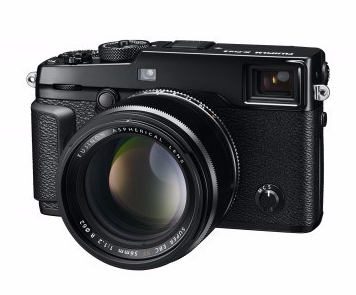 The Fujifilm X-Pro2 with the 56mm f1.2 was the camera that surprised me the most. I honestly don’t think that I would be able to tell a picture taken with it apart from another taken with a full frame camera. The colors straight out of the camera are really nice, the out-of-focus area is very very nice and the overall feeling is excellent (even though I am not a passionate of rangefinder cameras).
The Fujifilm X-Pro2 with the 56mm f1.2 was the camera that surprised me the most. I honestly don’t think that I would be able to tell a picture taken with it apart from another taken with a full frame camera. The colors straight out of the camera are really nice, the out-of-focus area is very very nice and the overall feeling is excellent (even though I am not a passionate of rangefinder cameras).

